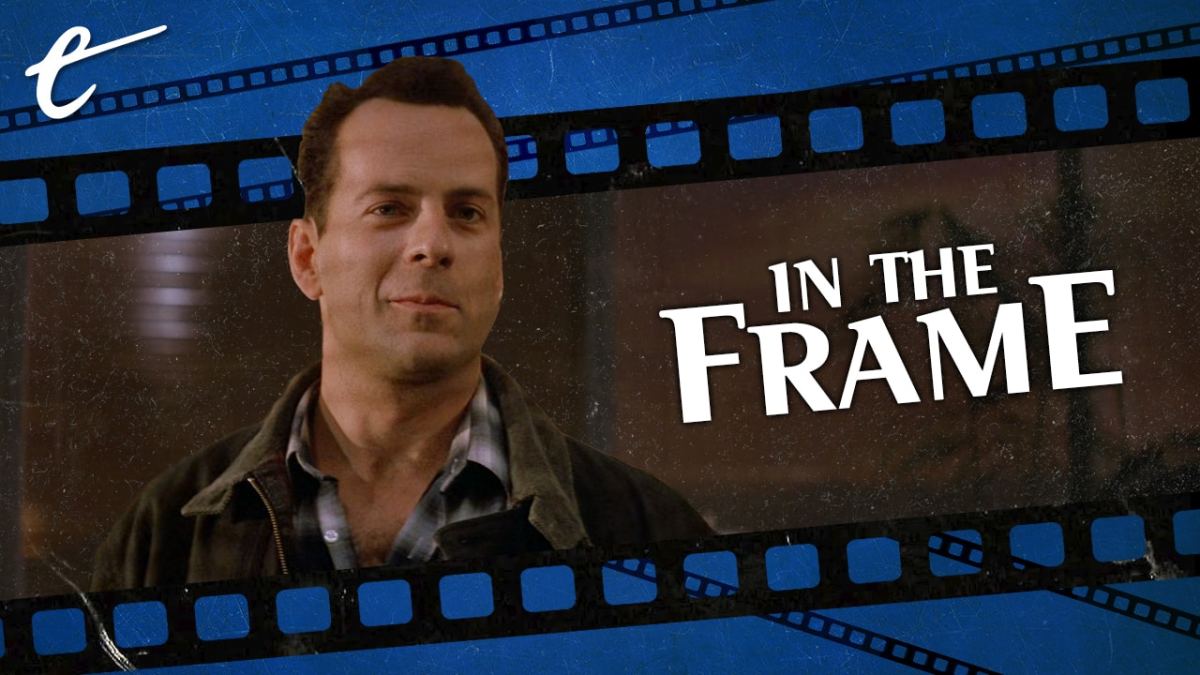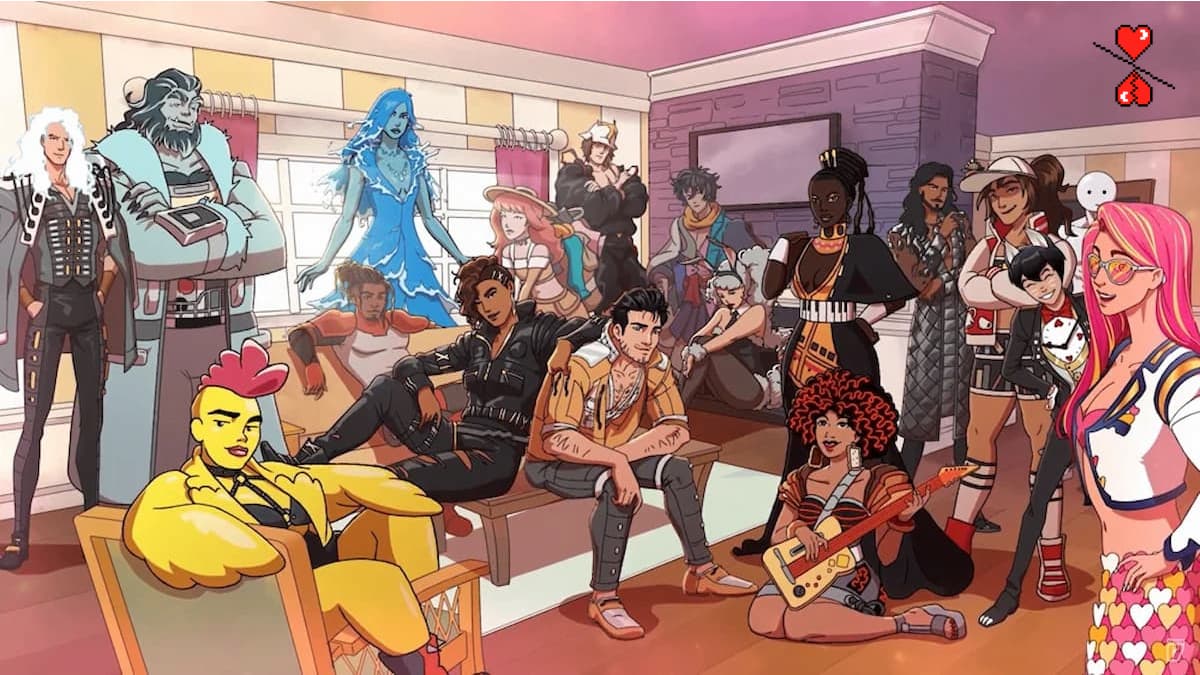It is indisputable that Die Hard is a movie set at Christmas. It is debatable whether Die Hard is actually a Christmas movie, as much as a workable distinction exists.
Studies suggest that viewers do draw a delineation: 50% of British audiences believe that a movie set at Christmas is not inherently a Christmas movie. A YouGov survey in December 2017 suggested that 56% of Americans and 52% of Britons don’t believe that Die Hard is a Christmas movie. The following year, a poll from Morning Consult and The Hollywood Reporter was even more definitive, suggesting 62% of Americans did not think of Die Hard as a Christmas movie.
Of course, just because the majority believes something does not necessarily make it true. These surveys are all the product of a post-truth age, after all. There is plenty of anecdotal evidence to support the idea of Die Hard as a Christmas movie, from the fact that searches for Die Hard have spiked every December since 2014 to the fact that its 30th anniversary screenings were organized for November and December. However, this alone does not make the film a Christmas movie.
Die Hard was one of a wave of blockbusters in the 1980s and 1990s that premiered in the summer but were set at Christmas. Trading Places was released in June 1983, Gremlins was released in June 1984, Lethal Weapon was released in March 1987, Die Hard was released in July 1988, and Batman Returns was released in June 1992. Of course, while the original release date of a movie is important, it is not everything. After all, the original Miracle on 34th Street was released in June 1947.
What happens after a film’s initial release can shape how it is perceived. It’s a Wonderful Life was a box office disappointment on initial release, but the film became a Christmas classic through subsequent television broadcasts. The Wizard of Oz premiered in August 1939 but became a fixture of seasonal American television when CBS aired it in November 1956.

There is some suggestion that Die Hard was designed with this sort of longevity in mind. The source novel, Nothing Lasts Forever, had been set during Christmas, and producer Joel Silver had had a massive hit with Lethal Weapon the previous summer. As screenwriter Steven de Souza recalled, “(Silver) had decided he liked all his movies to take place at Christmas, as they would then very likely be played on television every December and we would all get residual cheques. Obviously, he was right!”
Director John McTiernan has acknowledged with some amusement that Die Hard might be seen as a holiday classic, conceding, “The idea that it’s endured is wonderful and the idea that it’s turned into a Christmas movie is kind of shocking.” However, Die Hard is still designed with the festive season in mind. The film’s soundtrack includes four Christmas songs, which data analyst Stephen Follows suggests makes it “more Christmassy than 99.2% of all movies released over the past thirty years.”
The film’s narrative, visual, and aural language is steeped in Christmas shorthand. Even in abstract, Die Hard is a film about an office Christmas party that goes horribly wrong. It even features a pregnancy in an unconventional location, recalling the nativity. McTiernan’s use of lens flare and flashing police lights evokes the sort of lighting associated with Christmas. The film’s skyscraper setting leads to a lot of action on rooftops and in various ventilation shafts.
Elevator shafts and air ducts are not chimneys, but they are close. Indeed, the idea of a grown man navigating a building through the air vents is arguably no more or less ridiculous than a portly pensioner squeezing down the chimney. However, it’s more than just these small elements — even in aggregate — that make Die Hard a true Christmas movie. Christmas is literally woven into the film’s themes, with composer Michael Kamen employing seasonal instruments like sleigh bells.

Kamen’s score is instructive here, in large part because it’s pointedly subversive. As Robynn Stilwell points out, Kamen’s soundtrack uses a number of obvious Christmas cues, but “none of them religious and all of them evoking a snowy landscape that could not occur in the Los Angeles setting.” The whole point of the Christmas-ness of Die Hard, and perhaps why so many people don’t consider it a Christmas classic, is that there’s an inherent tension woven into the fabric of the film.
The whole point of Die Hard is that it doesn’t initially feel Christmassy. Holly (Bonnie Bedelia) walks through an office chiding Harry Ellis (Hart Bochner) for not respecting the holiday. “It’s Christmas Eve,” she tells him. “Families, stockings, chestnuts? Rudolph and Frosty? Any of these things ring a bell?” The whole point is to juxtapose that traditional seasonal iconography with the decidedly non-festive imagery on screen.
Initially, the film’s seasonal elements exist at odds with the content of the film itself: the sound of sleigh bells over a baggage area in sunny Los Angeles, a teddy bear with a bow on it in the backseat of a limo driving beneath the palms at dusk, the cocaine on Ellis’ nostrils that serves as the first half’s only snow. When his driver Argyle (De’voreaux White) puts on Christmas in Hollis, McClane asks, “Don’t you got any Christmas music?” Argoyle replies, “This is Christmas music!” It just doesn’t sound like it to McClane.
McClane spends much of the first act of Die Hard disoriented, having traveled from New York to Los Angeles to reunite with his estranged wife. When he lands, McClane doesn’t even know if he’ll be staying with her or if he’ll need a hotel. McClane struggles with his wife’s professional success, lashing out at her for reverting to her maiden name. McClane is consistently out of his element in the film’s opening stretch, and this is reflected in the uncanniness of the Christmas setting.

The dissonance is further reflected in any number of ways, from the emphasis on his fear of flying and need to ground himself when he gets a moment through to his arrival at the Nakatomi Corporation. A working-class cop wandering into a white-collar Christmas party is dissonant enough, McTiernan underscoring this element of class conflict by setting it to a string quartet playing Beethoven. When a random (drunk) male employee grabs the cop to kiss him, McClane sighs, “Jesus, fucking California.”
Die Hard uses other shorthand to underscore the perceived oddness of all this. Much is made of the Nakatomi Corporation’s Japanese roots, tapping into the same anxieties about Japanese economic ascension that informed contemporary films like Blade Runner, Black Rain, and Rising Sun. This anxiety about Japan was reflected in (often uninformed) stereotypes about the country’s co-opting of western traditions and holidays like Christmas. “I didn’t realize they celebrated Christmas in Japan,” McClane remarks to Joseph Takagi (James Shigeta). Takagi replies, “Hey, we’re flexible.”
Interestingly, Hans Gruber (Alan Rickman) is introduced as an archetypal Christmas figure. Gruber is a bearded German, recalling the German roots of Kris Kringle. Unlike that other bearded figure associated with the holiday, Gruber doesn’t have 12 apostles, but he does (initially) have 12 henchmen. He introduces himself to the hostages reading from a little black book, like a Christmas sermon. He then runs through how much he knows about Takagi, starting with his childhood. He claims to know if Nakatomi has been bad or good.
McClane is initially cast as the Grinch in this very unconventional Christmas story. After all, it is Gruber who has gone to the effort of planning this elaborate occasion, advising the hostages, “And please remember: We have left nothing to chance.” He initially seems to be motivated by his own list, delivering a list of boys and girls to the authorities that he wants sent home for Christmas. Gruber is framing a grotesque and brutal take on a Christmas story, but it is still a Christmas story.

Then, over the course of the film, something interesting happens. McClane wrests control of the narrative away from Gruber. He does this by making his own list, jotting down the names of terrorists on his forearms. He crawls through ventilation shafts like Santa through a chimney. Gruber doesn’t quite come to see McClane as Santa Claus, but he does frame him as similarly mythic figures plucked from the American consciousness like John Wayne and Roy Rogers. It’s eventually revealed that Gruber is ultimately just trying to steal Christmas, meaning that McClane gets to save Christmas.
McClane doesn’t just save Christmas literally. The big arc of many Christmas movies involves the protagonist realizing the importance of the immaterial things that they already have — the family and friends in their life, the virtue of selflessness, the celebration of others. McClane begins Die Hard alienated from his family at Christmas time, and so feeling alienated from the idea of Christmas itself. He ends the film embracing his family and coming to terms with his wife’s choices.
Right before the climax, McClane admits that he was wrong in how he pushed his wife away. He concedes, “Tell her it took me a while to figure out what a jerk I’ve been, but that when things started to pan out for her I should’ve been more supportive, and I just should’ve been behind her more.” That is a true Christmas arc. After this, gunning down a building full of terrorists is the cherry on top of the Christmas pudding. The finale pits Gruber’s materialistic understanding of Christmas against McClane’s more family-oriented one.
It’s notable that once McClane has this epiphany, the movie becomes a lot more Christmassy. Devastated by the explosion on the roof, the building’s corridors are lit in hues of red with sparks and flashes. Gruber is thrown out of the skyscraper, and the pilfered bearer bonds drift through the air like snow falling. In case the audience doesn’t get this, “Let It Snow” plays triumphantly on the soundtrack. It finally feels like Christmas. John McClane has come home.
Isn’t that what Christmas is all about?






Published: Dec 28, 2020 4:00 PM UTC